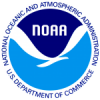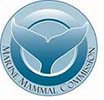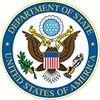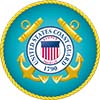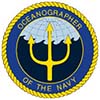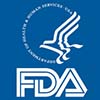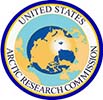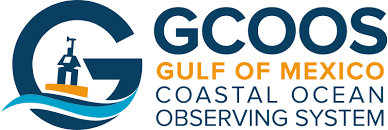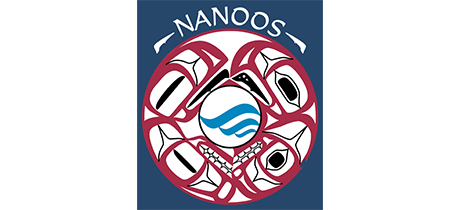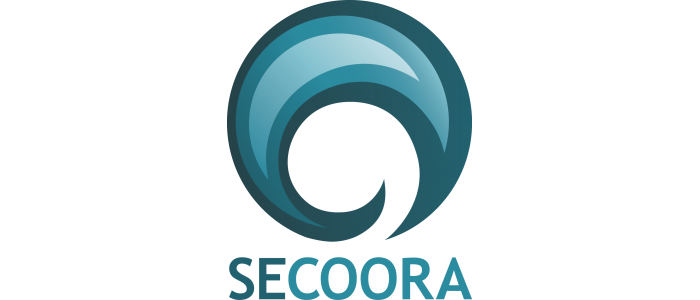
About IOOS by the Numbers
U.S. IOOS® is a vital tool for tracking, predicting, managing, and adapting to changes in our ocean, coastal and Great Lakes environment. "IOOS by the Numbers" is was developed as a graphical representation of IOOS -- a system of includes our partnerships, research and observing components, and data management capabilities. This figure is an annually updated collection of numbers that show the breadth of the IOOS Program as it is growing and evolving. These data were obtained from multiple sources in July 2022. The original source for each value is identified below. Links to each federal partner or regional association are provided.
Federal Partners
Currently, there are 17 federal organizations named as partners in U.S. IOOS. These agencies were also members of the statutorily mandated National Ocean Research Leadership Council (NORLC), under 10 U.S.C. § 7902. These organizations provide active support, funding, guidance, or advice to the program. The first 12 federal partners listed here are also part of the Interagency Ocean Observation Committee (IOOC). These 12 members play a direct oversight role in the development of U.S. IOOS.
Regional Associations
There are 11 Regional Associations (RAs) which guide development of and stakeholder input to regional observing activities. The RAs serve the nation’s coastal communities, including the Great Lakes, the Caribbean and the Pacific Islands and territories.
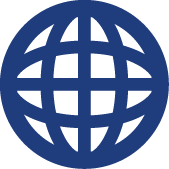
COASTAL OCEAN MODELING TESTBED
The COMT serves as a conduit between the federal operational and research communities and allows sharing of numerical models, observations and software tools. The COMT supports integration, comparison, scientific analyses and archiving of data and model output needed to elucidate, prioritize, and resolve federal and regional operational coastal ocean issues associated with a range of existing and emerging coastal oceanic, hydrologic, and ecological models. The Testbed has enabled significant community building (within the modeling community as well as enhancing academic and federal operational relations) which has dramatically improved model development.
MARINE BIODIVERSITY OBSERVATION NETWORK
Living marine resources are essential to the health and recreational needs of billions of people, yet marine biodiversity and ecosystem processes remain major frontiers in ocean observing. IOOS has a critical role in implementing operational, sustained programs to observe biology and catalogue biodiversity to ensure these data are available for science, management, and the public. IOOS is leading development of the Marine Biodiversity Observation Network, with core funding from NOAA, NASA and BOEM. MBON connects regional networks of scientists, resource managers, and users and integrates data from existing long-term programs to understand human- and climate-induced change and its impacts on marine life. MBON partners are pioneering application of new remote sensing methods, imaging, molecular approaches (eDNA and ‘omics), and other technologies and integrating these with traditional research methods and coordinated experiments to understand changing patterns of biodiversity.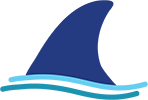
ANIMAL TELEMETRY NETWORK
Animal telemetry is the science of revealing the movements and behavior of animals as they move through the world’s oceans, coastal rivers, estuaries, and Great Lakes. Tags that are attached to animals have made it possible to collect high-quality biological and oceanographic observations on timescales varying from days to years as the animals move through aquatic habitats. These observations provide scientific information that is used to inform the management of marine fisheries and endangered and protected species, assess the potential effects of anthropogenic disturbances on aquatic species, help inform decisions about protecting and restoring healthy coastal ecosystems and improve ocean modeling and forecasting. Although considerable telemetry infrastructure and expertise exists in the U.S. these assets are often owned and operated independently by multiple Federal agencies and non-Federal institutions with limited or no connectivity. Lack of institutional connections prevents the scientific community from efficiently coordinating data and thereby best serving societal needs. Currently funded by BOEM, ONR and NOAA, the ATN maximizes the benefit of these existing investments by empowering alliances among Federal, industry, academic, state, local, tribal, and non‐Federal organizations to both coordinate and to provide funding for sustaining animal telemetry infrastructure and operations as well as consistently delivering animal telemetry data across the United States and with our international partners.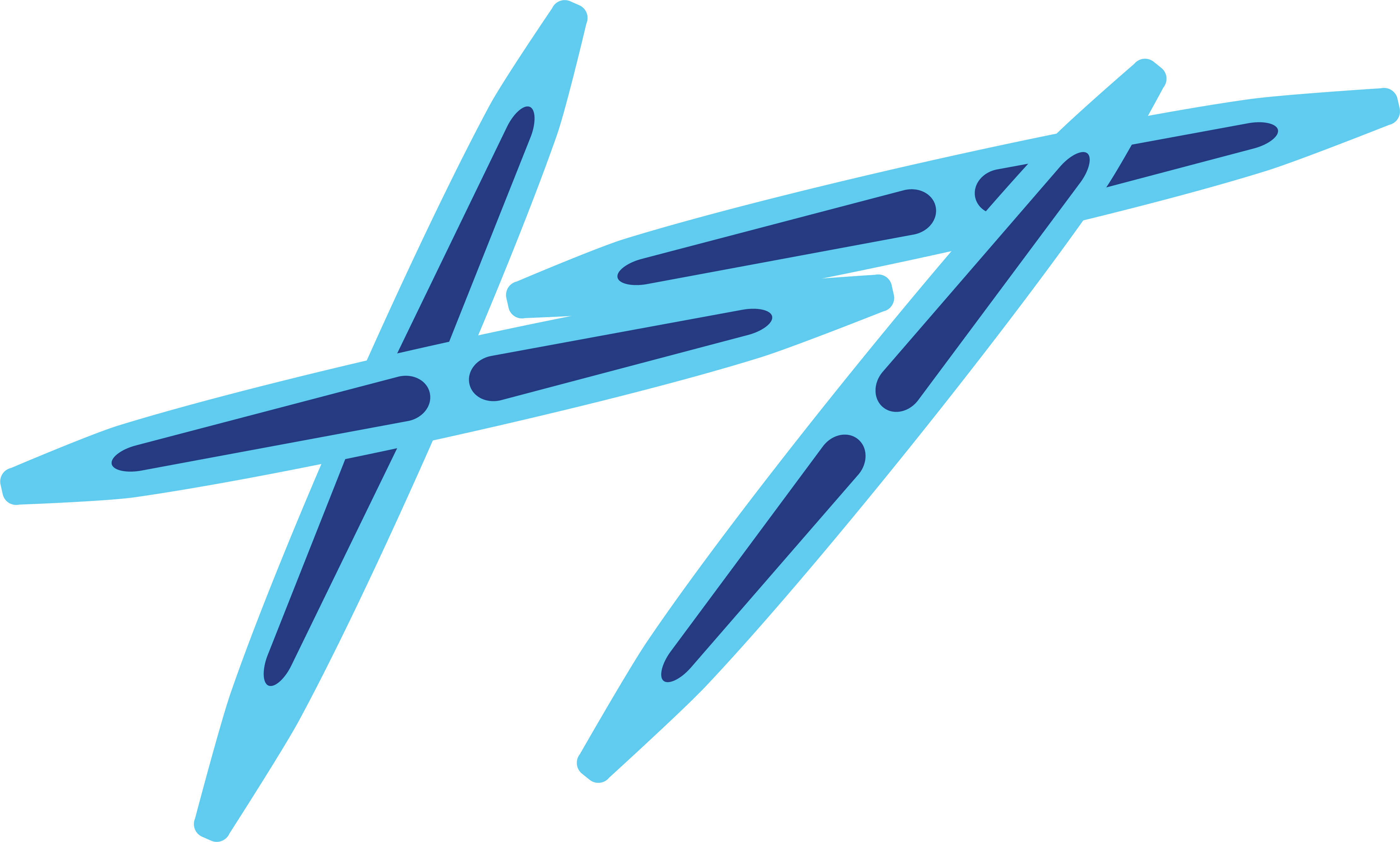
National HAB Observing Network
The pilot projects for a National HAB Observing Network (NHABON) are working to efficiently and effectively integrate local, state, regional, and Federal HAB observing capabilities and deliver products operationally. NHABON aims to achieve the following benefits: enable HAB forecasting and early warning; leverage economies of scale and enhance information transfer between regions; determine algal community baselines and discern patterns/trends to help assess the impacts of climate change, eutrophication, and other environmental factors; and provide observations to support the NOAA's mission of understanding and predicting changes in our oceans. The network is collaboration between U.S. IOOS and NOAA's National Centers for Coastal Ocean Science (NCCOS).
OCEAN TECHNOLOGY TRANSITION PROJECTS
The IOOS Ocean Technology Transition project sponsors the transition of emerging marine observing technologies, for which there is an existing operational requirement and a demonstrated commitment to integration and use by the ocean observing community, to operational mode. Each year IOOS supports 2-4 projects. The number here reflects the total number projects supported by this effort.
REGIONAL PLATFORMS
The Regional Association Platforms include buoys, water level stations, and coastal or estuary shore-based stations. These platforms are maintained by the regional associations through a combination of federal and non federal funds. This total is assessed annually, based upon annual reports submitted by the Regional Associations. These regional observing assets, while funded in part by NOAA, are not federally owned. The IOOS regional associations receive funding from the IOOS Program Office, as well as other partners. For these regional platforms, 55% are supported by IOOS and other partners, and 45% are supported by state or local agencies or other partners.
NATIONAL PLATFORMS
The National backbone of IOOS includes buoys, water level gauges,as well as coastal and estuary stations run by our federal partners. Platforms calculated within this total are assets within the EEZ. For buoys this includes platforms managed by NOAA's National Data Buoy Center, the NOAA NMFS Chesapeake Bay Interpretive Buoy System (CBIBS), and the U.S. Army Corps of Engineers’ Coastal Data Information Program (CDIP), Ocean Acidification Program , Ecosystems and Fishery Oceanography Coordinated Investigations (EcoFOCI). For guages, this includes National Water Level Observation Network guages operated by the Center for Operational Oceanographic Products and Services (CO-OPS). The coastal and estuary stations are maintained through NOAA's National Estuarine Research Reserves (NERR) System-Wide Management Program (SWMP).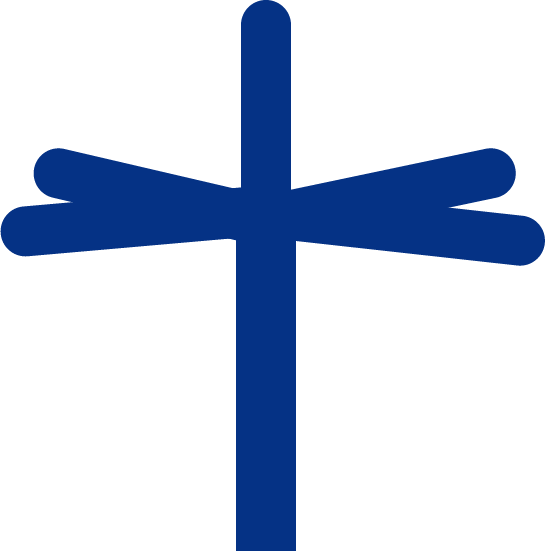
HF-RADAR INSTALLATIONS
High frequency (HF) radar systems measure the speed and direction of ocean surface currents in near real time. All 11 U.S. IOOS regional Associations operate HF-radar systems. Ocean surface current measurements from these radars are shared on national servers, which deliver the data to anyone who needs it. The number of HF-radar installations continues to grow as IOOS works towards covering the entire coastline of the U.S. with current measurements.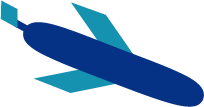
GLIDER DAYS
Gliders monitor water currents, temperature, and conditions that reveal effects from storms, impacts on fisheries, and the quality of our water. This information creates a more complete picture of what is happening in the ocean, as well as trends scientists might be able to detect. U.S. IOOS began counting “Glider days” in 2008 with the intent to better coordinate across U.S. glider operations and to increase the data sharing and data management of this technology. One "Glider Day" is defined as 1 glider in the water collecting data for 1 day.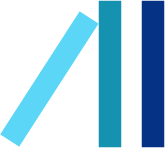
QARTOD
As of the last update there are twelve QARTOD manuals in-place for IOOS. These manuals establish authoritative QA/QC procedures for oceanographic data.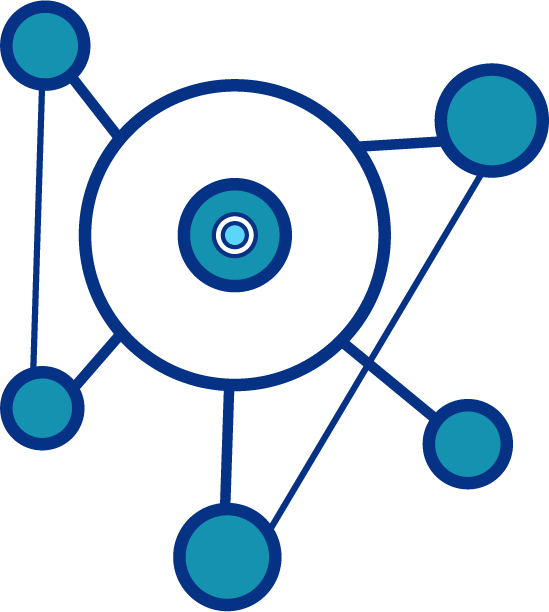
CORE VARIABLES
The Core Variables required to detect and predict changes in the oceans, coasts, and Great Lakes include:
- Physics: Bathymetry, Bottom character, Currents, Heat flux, Ice distribution, Salinity, Sea level , Surface waves, Stream flow, Temperature, Wind speed and direction;
- Biogeochemistry: Acidity, Colored dissolved organic matter, Contaminants, Dissolved nutrients, Dissolved Oxygen, Ocean color, Optical properties, Pathogens, Partial pressure of CO2, Total suspended matter;
- Biology & Ecosystems (aligned with GOOS Biology and Ecosystem Essential Ocean Variables): Hard coral cover and composition, Macroalgal canopy cover and composition, Mangrove cover and composition, Seagrass cover and composition, Microbe biomass and diversity, Phytoplankton biomass and diversity, Zooplankton biomass and diversity, Invertebrate abundance and distribution, Fish abundance and diversity, Sea bird abundance and distribution, Sea Turtle abundance and distribution, Marine mammal abundance and distribution, Ocean Sound, Ocean Color

 Official websites use .gov
A .gov website belongs to an official government organization in the United States.
Official websites use .gov
A .gov website belongs to an official government organization in the United States.
 Secure .gov websites use HTTPS
A lock or https:// means you’ve safely connected to the .gov website. Share sensitive information only on official, secure websites.
Secure .gov websites use HTTPS
A lock or https:// means you’ve safely connected to the .gov website. Share sensitive information only on official, secure websites.

